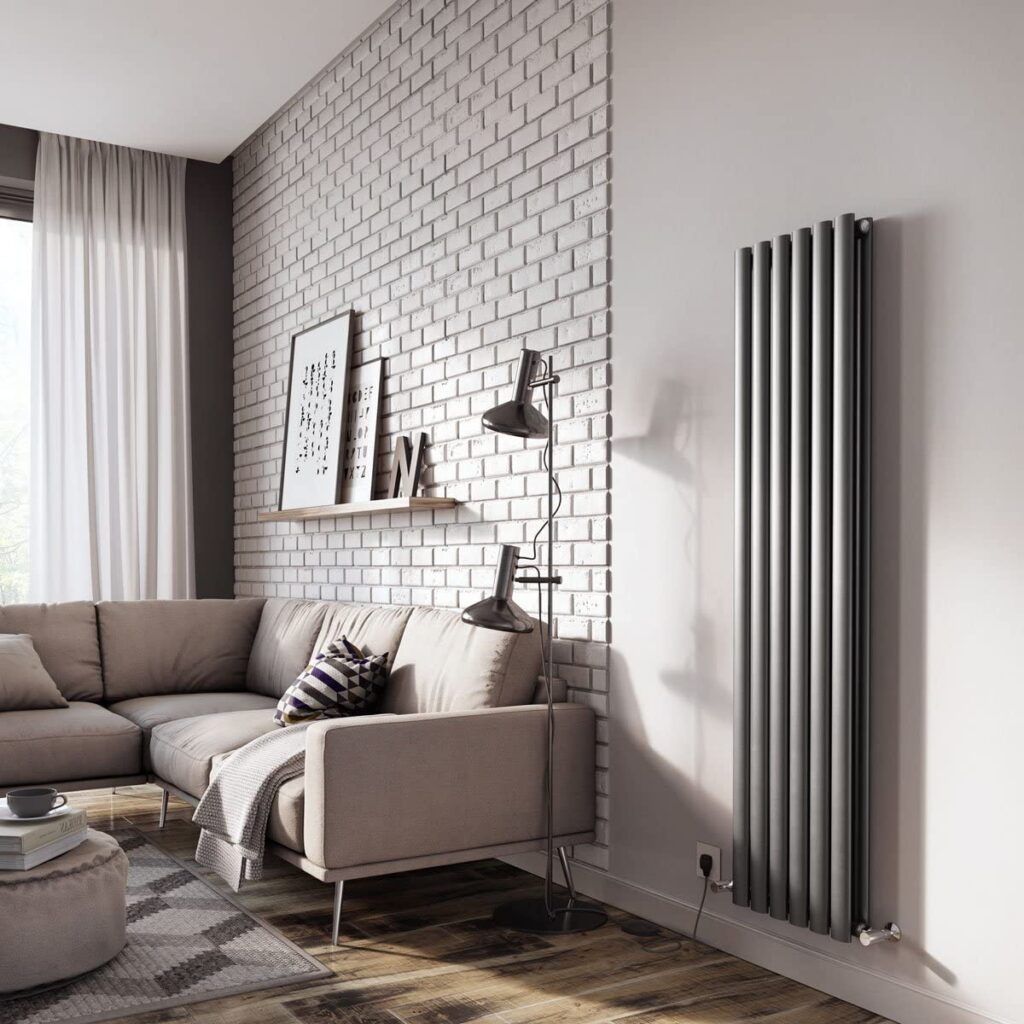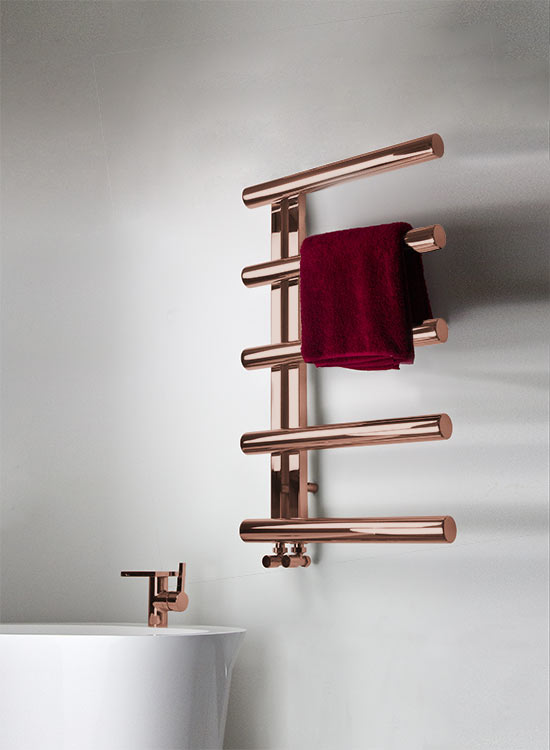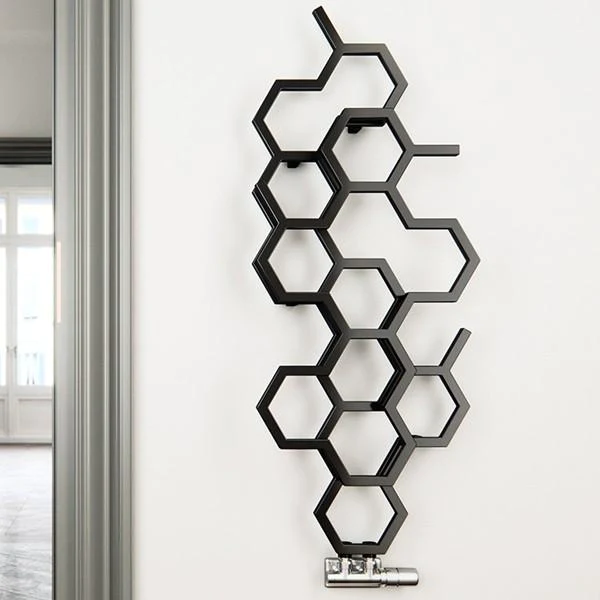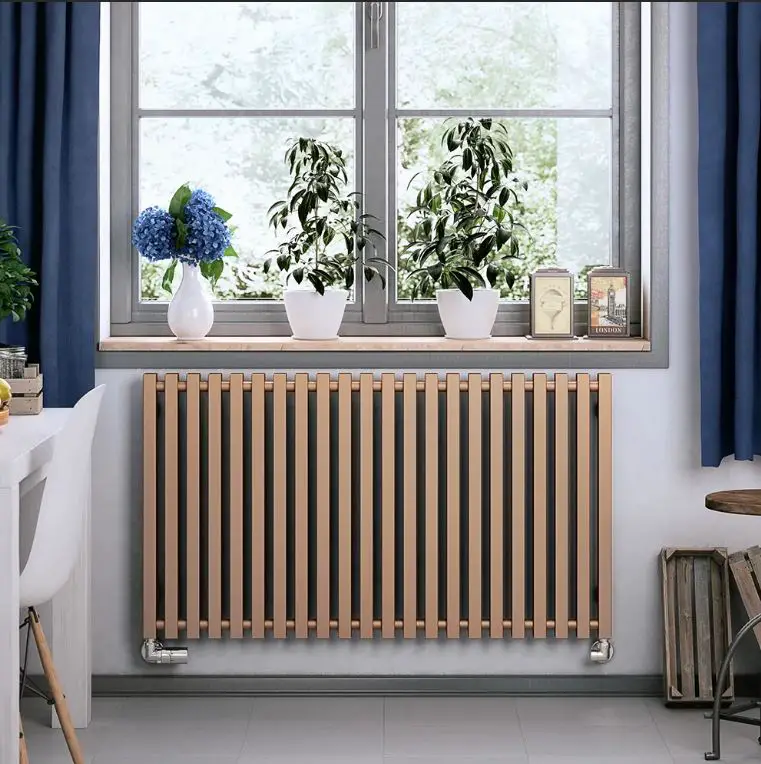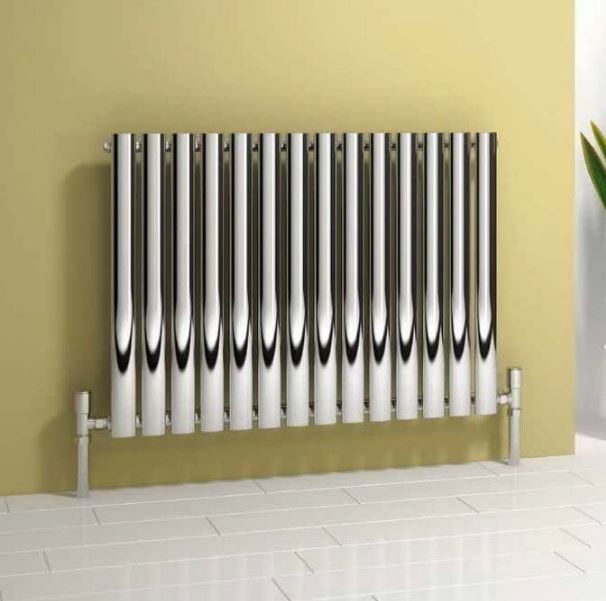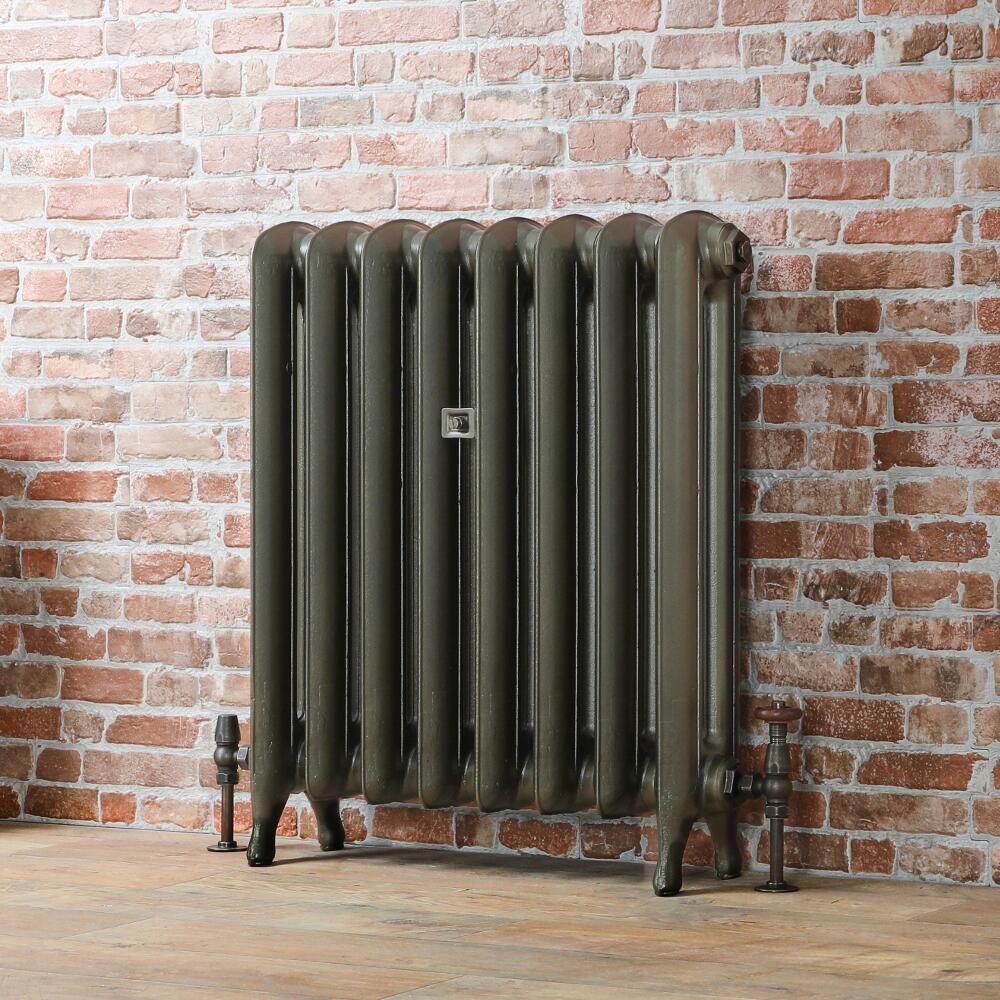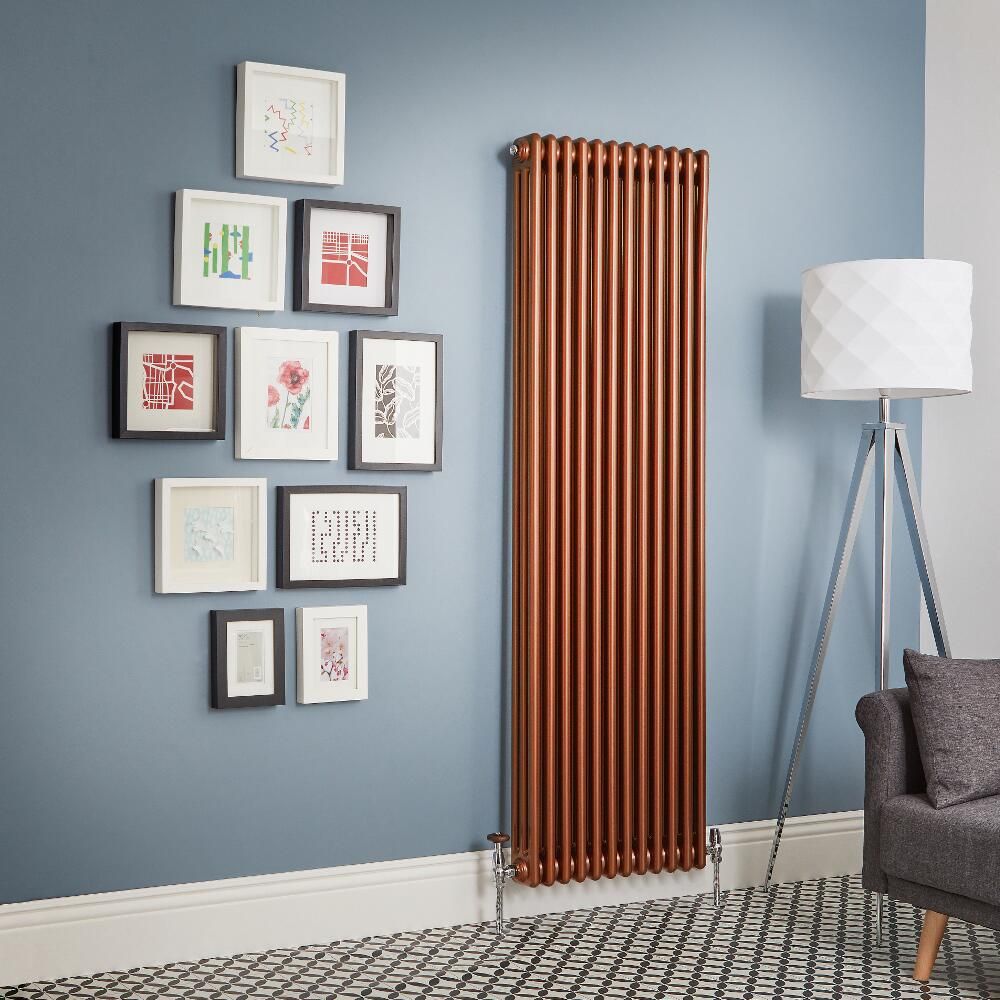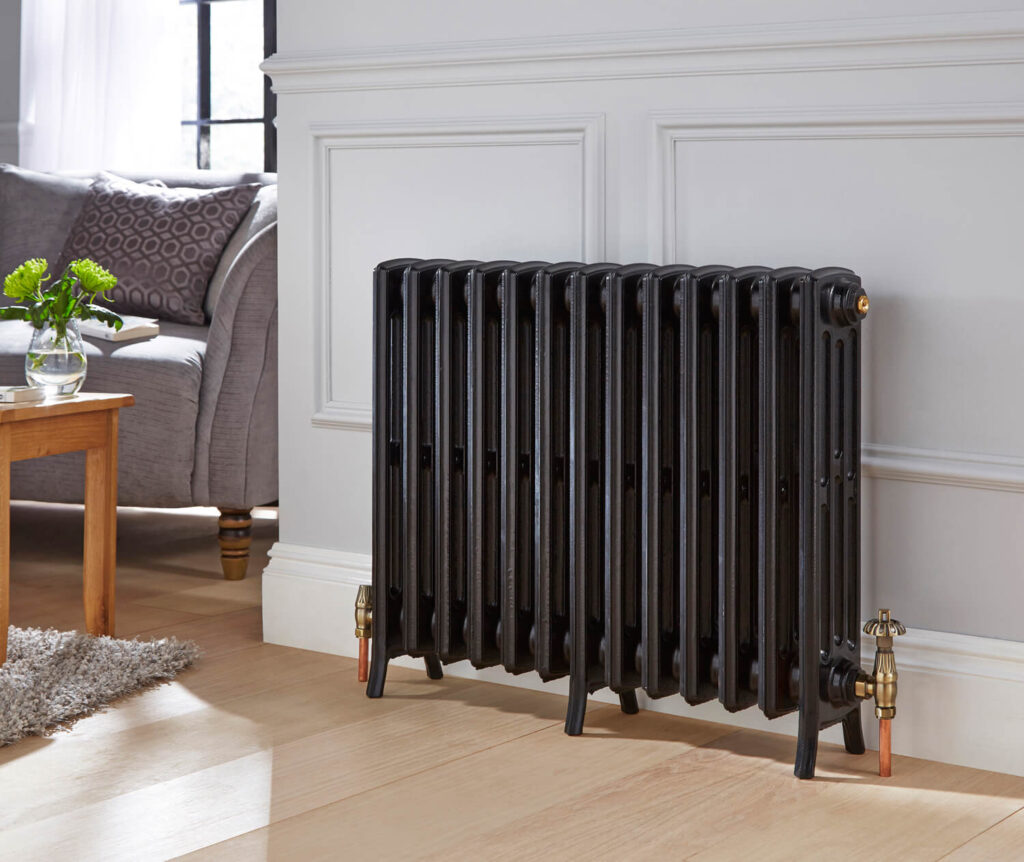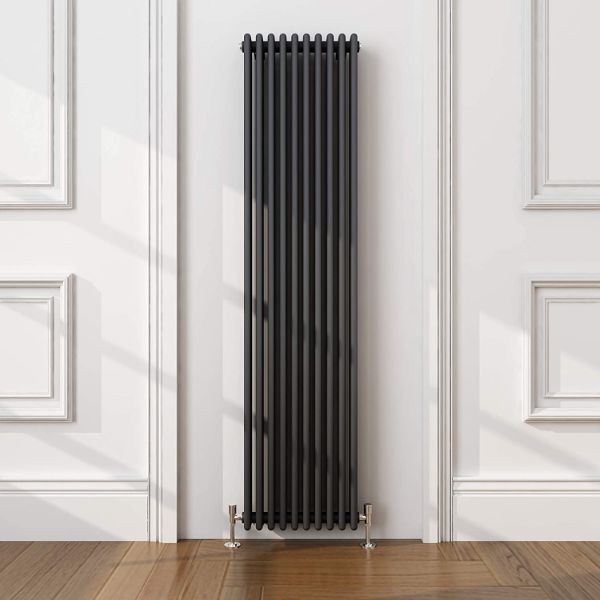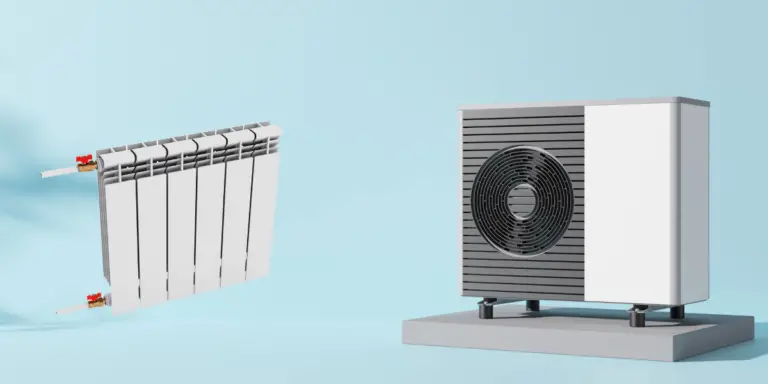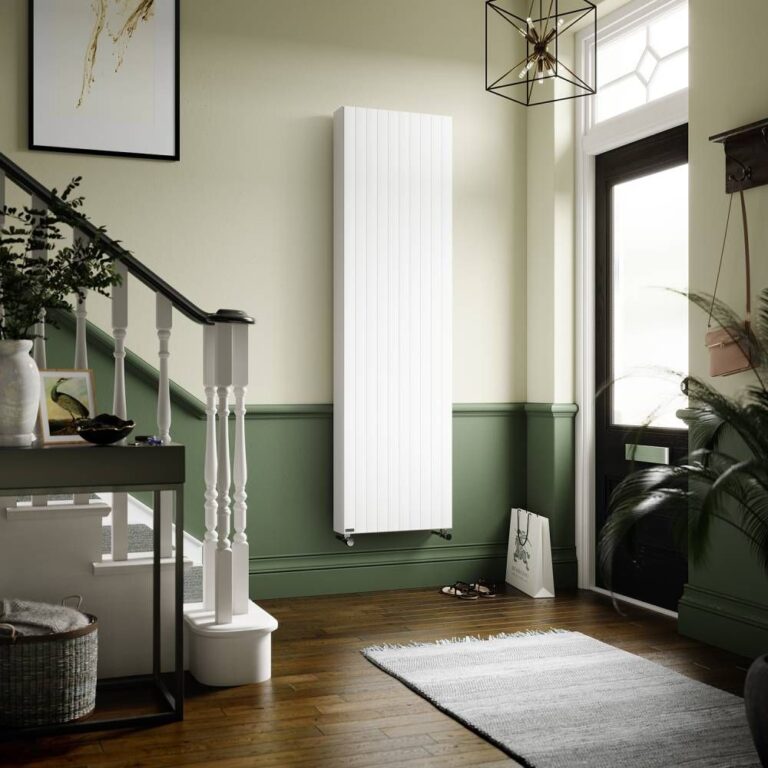Are you struggling to decide between underfloor heating (UFH) and radiators for your home? Both options have their pros and cons, and it’s important to understand how they work before making a decision.
Imagine coming home on a cold winter’s day and stepping onto a warm floor, with no cold spots or drafts to be found. Or perhaps you prefer the convenience of turning on a radiator and feeling the room heat up in minutes. Whatever your preference, understanding the differences between UFH and radiators can help you make an informed decision that suits your lifestyle and budget.
In this article, we’ll delve into the world of UFH and radiators, exploring the pros and cons of each option. We’ll start by examining how UFH works, its energy efficiency, and how it can add a touch of luxury to your home.
Then, we’ll take a closer look at radiators, their quick bursts of heat, and how they can be combined with UFH for a flexible and efficient heating system. By the end of this article, you’ll have a better understanding of the costs, practical considerations, and environmental impact of both UFH and radiators.
So sit back, relax, and let’s explore the world of heating options together.
Understanding Underfloor Heating
How Does Underfloor Heating Work?
Discover the inner workings of underfloor heating, a system that can transform your floors into a radiant heat emitter and create warm, even temperatures throughout your home.
Underfloor heating uses mainly radiant heat, which ensures there are no more cold spots and distributes a more even temperature for the body. The system works by distributing warm water through a circuit of pipes that are installed beneath the floor surface. The heat is monitored and controlled by intelligent thermostats, which allow individual room control.

Underfloor heating can work with any heat source, including conventional boilers and renewable ground/air heat source pumps. The system’s manifold connects pipe circuits installed in the floor, and when heat is switched on, the entire floor area is warmed to a temperature of 25°C – 28°C.
The manifold should be positioned centrally to reduce the length of pipe runs, and there are several ways to lay the pipe depending on spacing, layout, and fixing method.
Benefits of Underfloor Heating
Experience the luxurious and eco-friendly benefits of UFH. It covers a larger surface area and is up to 40% more efficient with a heat pump, adding a touch of sophistication to your home while freeing up valuable wall space. With UFH, you can enjoy a comfortable temperature without having to rely on ceiling temperatures that are too high or feeling cold spots from radiators.
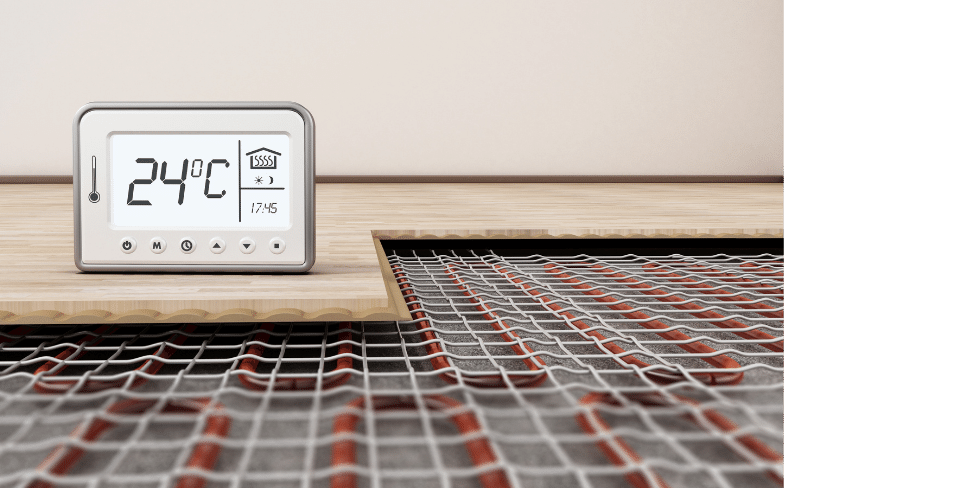
Underfloor heating works by transforming your floors into a radiant heat emitter, offering a range of benefits that radiators simply can’t match.
Here are just a few of the benefits of UFH that make it a smart choice for any home:
– Covers a larger surface area, ensuring an even temperature throughout your home
– Uses lower water temperatures, making it more energy-efficient and eco-friendly
– Reduces dust movement, which is beneficial for those with allergies or asthma
– Can be used in combination with radiators for a flexible and efficient heating system
– Offers a longer lifespan than radiators, with pipework lasting at least 50 years
Drawbacks of Underfloor Heating
One of the main drawbacks is that it takes longer to warm up than radiators. With a wet system, it can take two or three hours to reach the desired temperature. This means that you can’t just turn it on and expect instant warmth. However, with proper planning and programming, you can still enjoy a comfortable home without wasting energy.
Another consideration is the raised floor profile. Underfloor heating will usually raise the profile of the floor. The amount it is raised by will depend on various factors such as the required insulation, pipe size, and whether you need a screed and floor finish. This may not be a problem for new builds or major renovations, but it can be a challenge for retrofitting a system into an existing home.
Despite these drawbacks, underfloor heating offers many benefits and can be an excellent choice for modern homes. As with any heating system, it’s important to consult with a professional heating engineer to ensure that you choose the right system for your specific needs.
Understanding Radiators
How Do Radiators Work?
Radiators are comprised of two panels with convector fins for heat circulation, which emit quick blasts of focused heat. They’re usually controlled with one single thermostat and TRVs and take up wall space (although there are some floor standing variations too).
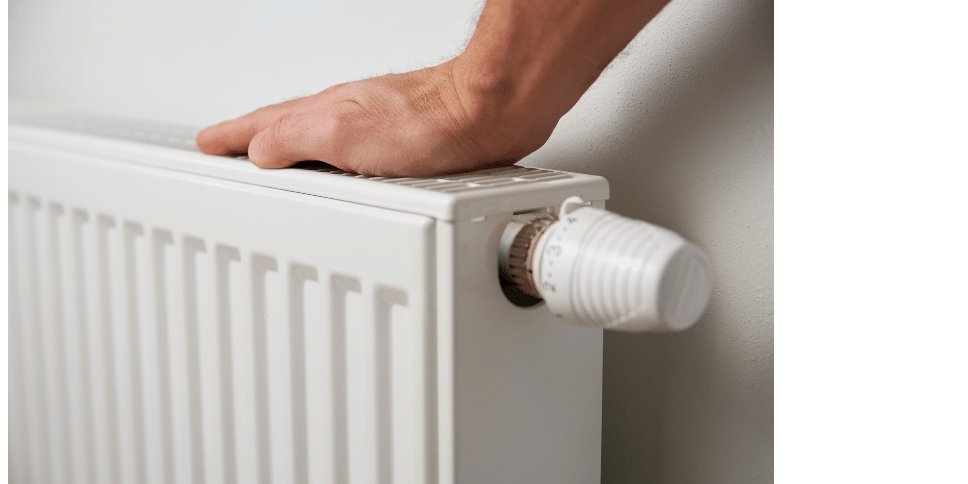
Radiators only heat a small area of the house and may not directly reach all areas. They’re typically better suited for older, draughtier homes compared to well-insulated homes. Radiators can be combined with underfloor heating to create a flexible and efficient heating system. While they may be easily upgraded or moved, their running costs depend on insulation and lifestyle.
Benefits of Radiators
You may already have radiators installed in your home, and while they may not be the most energy-efficient option, they do have benefits that make them a popular choice.
One of the biggest advantages of radiators is their fast heating time, which can warm up a room in just 20-30 minutes. This makes them ideal for those who need quick heat and don’t want to wait for a long time to feel comfortable.
Another benefit of radiators is their wide range of stylish designs. With so many different styles and colours to choose from, you can easily find a look that matches your vision for the room. From designer radiators to coloured radiators, you can select what style matches your taste and complements your décor…
Companies like Best Heating and Stelrad offer a great range of options to explore. While radiators may not be the most energy-efficient option, their fast heating time and stylish designs make them a popular choice for many homeowners.
Drawbacks of Radiators
While radiators are a popular choice for heating homes, they do have some drawbacks. One major issue is that traditional radiators operate at a higher temperature, which uses much more energy and results in a larger carbon footprint compared to underfloor heating.
Additionally, radiators use convection to warm a room, which means that heat isn’t distributed evenly. This can result in warmer temperatures near the radiator and cooler temperatures in other parts of the room.
Another issue with radiators is that they can cause more dust circulation in the air. Heating using convection causes more dust particles to be transported in the air, which can worsen asthma symptoms and lead to more dust build-up on the back and top of the radiator.
As the air rises and then cools, it takes the dust particles with it, and this dust-filled air is then reheated and drawn up through the radiator, collecting behind it. These drawbacks may make you consider the benefits of underfloor heating, which offers a more efficient and evenly distributed heating option.
To summarize the drawbacks of radiators, consider the following points:
- Traditional radiators operate at a higher temperature, using more energy and producing a larger carbon footprint
- Radiators use convection to warm a room, resulting in uneven distribution of heat
- Heating using convection causes more dust particles to be transported in the air, worsening asthma symptoms and causing more dust buildup on the radiator
- Radiators take up wall space
- Radiator systems are controlled with one single thermostat and TRVs.
Cost Comparison: Underfloor Heating vs Radiators
While UFH has a higher initial installation cost, it can be more cost-effective in the long term due to its greater efficiency and lower running costs. Conversely, radiators have a lower installation cost but may have higher running costs depending on your boiler and energy costs.
To give a clearer comparison, let’s take the example of a 4m² bathroom heated for 4 hours a day. According to the average UK electricity price of £0.14/kW, the monthly cost for UFH would be around £10-£11.
In contrast, the running costs for radiators depend on your boiler and energy costs, with prices set by the Energy Price Guarantee. Depending on how you pay for your heating, you could pay around £0.10 per kWh for natural gas or £0.34 per kWh for electricity.
Practical Considerations
When deciding between underfloor heating (UFH) and radiators, there are a few important factors to keep in mind. To make the decision process easier, here are some practical considerations to keep in mind:
- Consider the maintenance requirements for both systems, as radiators may require more frequent cleaning, while UFH systems may need occasional maintenance to ensure they’re working at optimal efficiency.
- Keep in mind the type of home you have, as UFH is a popular choice for new builds and modern homes, while radiators are often found in older, draughtier homes.
- Remember that while the initial installation cost of UFH may be higher than radiators, the long-term savings and benefits may make it a more cost-effective choice.
By taking these practical considerations into account, you can choose the perfect heating system for your home that’ll keep you warm and comfortable all winter long.
Environmental Impact
Discover how your home can become more eco-friendly with an efficient and durable heating system.
UFH is more energy-efficient and has a lower carbon footprint compared to radiators. This is because UFH uses lower water temperatures, which reduces the amount of energy needed to heat your home.
The durability and longevity of both systems also play a role in their environmental impact. Radiators have a service life of 8-10 years, whereas UFH has a lifespan of at least 50 years, with pipework lasting even longer. This means that UFH is more sustainable in the long run and reduces the amount of waste generated from heating system replacements.
Additionally, UFH minimises dust movement and is beneficial for those with allergies and asthma, making it a healthier option for your home and the environment. Noise is another factor to consider when choosing between UFH and radiators.
UFH offers quieter operation compared to radiators, which can emit loud clanking noises as they heat up and cool down. This means that UFH not only reduces your carbon footprint but also creates a more peaceful and comfortable living environment.
Which is the right choice for you?
Underfloor heating, with its energy efficiency, even heat distribution, and health benefits, can be an excellent choice for modern homes, new builds, and those with allergies or asthma. It also offers a touch of luxury and frees up wall space. However, it comes with a higher initial installation cost and longer heating times compared to radiators.
Radiators, on the other hand, offer quick bursts of heat and have a wide range of stylish designs. They may be more suitable for older homes or those requiring instant heat, despite their higher energy use and potential for uneven heat distribution.
In terms of cost-effectiveness, while radiators might have lower installation costs, UFH could prove more cost-efficient in the long run due to its lower running costs. From an environmental perspective, UFH stands out with its lower carbon footprint and longer lifespan.
Whichever option you choose, it’s important to consider all practical aspects, from maintenance requirements and home type to long-term benefits and costs. Consulting with a professional heating engineer can also guide you in making the right decision. As the world of heating options continues to evolve, both UFH and radiators can offer solutions to keep your home warm and comfortable all year round.
Frequently Asked Questions
Can underfloor heating be installed in any type of flooring?
Yes, underfloor heating can be installed in any type of flooring. Whether you have tiles, wood, laminate, or carpet, there’s an underfloor heating system that can work for you. However, it’s important to choose the right system for your type of flooring and to ensure that the subfloor is properly prepared for installation.
Is it possible to control underfloor heating and radiators with the same thermostat?
Controlling both underfloor heating and radiators with the same thermostat is possible, but it requires careful planning and installation. It’s important to choose a compatible system that can handle both types of heating and ensure that the thermostat is properly calibrated to control both systems.
This can offer greater convenience and energy efficiency, as well as allowing for better zoning and temperature control throughout the home. However, it’s important to consult with a professional heating engineer to ensure that the system is properly designed and installed for optimal performance.
How long does the installation of underfloor heating typically take?
The process typically takes anywhere from a few days to a few weeks depending on the size of your home and the type of system you choose. For example, electric systems are generally quicker to install than water-based systems.
The installation process involves laying pipes or mats beneath your flooring, connecting them to a central heating system, and installing a thermostat to control the temperature. It’s important to work with a professional heating engineer to ensure the system is installed properly and to your unique specifications.
Is underfloor heating compatible with smart home systems?
The good news is that many underfloor heating systems can be controlled through smart home systems such as Amazon Alexa or Google Home. With this integration, you can set your heating to turn on before you get home or adjust the temperature without leaving your couch. However, it’s important to ensure that your chosen underfloor heating system is compatible with your smart home technology before making a purchase.
It’s also worth noting that some smart home systems may require additional equipment or installation to work with your heating system.

